MWC Kigali 2023 has now concluded. Throughout this event, the experts from Notel were showcasing the capabilities of RFBENCHMARK, a tool designed for assessing mobile network quality parameters. In an interesting turn during the conference and trade fair, they undertook a project to measure the quality and speed of mobile Internet within the exhibition hall. Are you curious about the type of internet access that was available to attendees?
Where was MWC Kigali 2023 held?
MWC Kigali 2023 was hosted from October 17 to 19, 2023, in Rwanda’s capital city. The event welcomed companies, speakers, and participants to the exhibition halls of the Kigali Convention Centre, strategically situated in the heart of the city. This centre boasts 12 versatile meeting rooms, catering to a diverse array of events. With a total capacity of 10,000 people, the venue can accommodate groups ranging from 10 to 3,200 individuals per meeting room. It stands as one of the largest facilities of its kind in Africa.
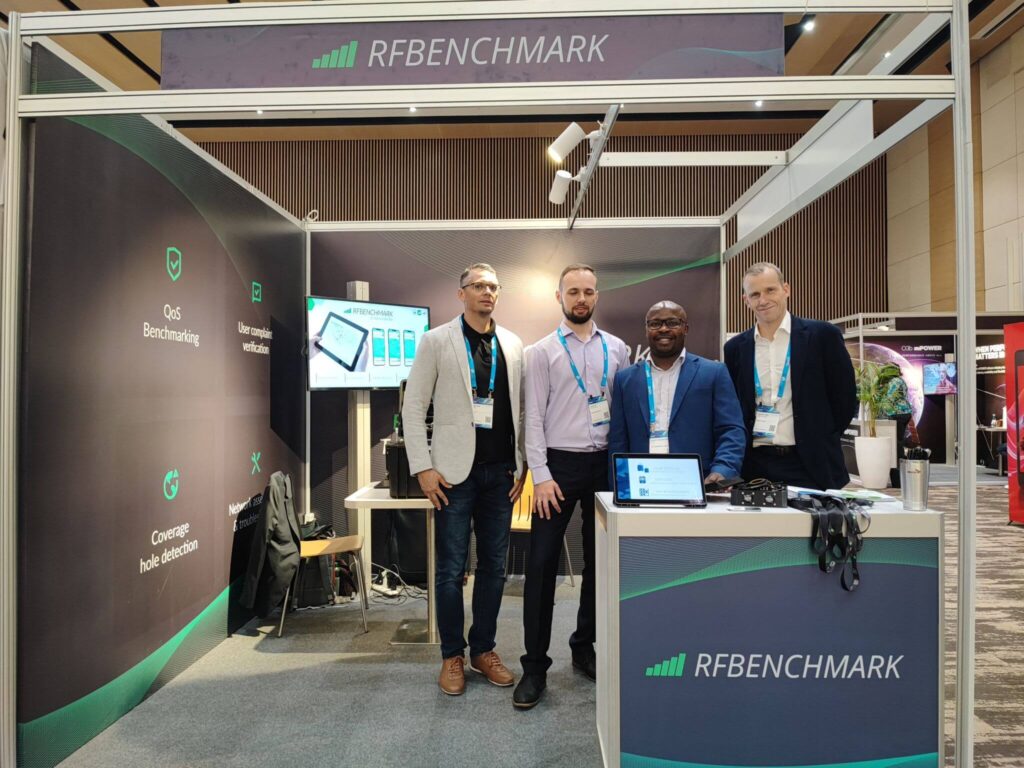
The state of the telecommunications and mobile Internet market in Rwanda
As of early 2023, Rwanda’s telecommunications and mobile Internet market had experienced significant growth and transformation. This change reflects the nation’s broader ambition to become a regional technology hub. The Rwandan government’s Vision 2020, along with subsequent strategies, has placed a strong emphasis on digital skills and infrastructure. The goal is to foster a knowledge-based economy. This national initiative has positively influenced the telecommunications sector, spurring substantial investments in mobile Internet infrastructure and services.
In the Rwandan mobile network landscape, two main operators dominate: MTN Rwanda and Airtel Rwanda. MTN Rwanda, a branch of South Africa’s MTN Group, commands the largest market share. It is known for its extensive coverage and a wide range of services, including 3G and 4G. Airtel Rwanda, a subsidiary of the Indian multinational Bharti Airtel, is a close competitor, particularly in terms of pricing and innovative services. Both operators have been instrumental in expanding network coverage, even in rural areas, and in popularising mobile Internet with affordable data plans and value-added services.
As of June 2022, Rwanda recorded 10,575,038 active mobile subscriptions. During this period, MTN Rwanda Ltd saw its market share increase from 62.9% to 65.6%, while AIRTEL Rwanda Ltd experienced a decrease from 37.1% to 34.4%.
Summary of results
Seizing the opportunity at this prestigious event, the Notel team conducted a network coverage survey on the exhibition grounds with the help of the RFBENCHMARK PRO application and Samsung 23 5G mobile devices.
The survey focused on the coverage of two major networks operating in Rwanda: Airtel and MTN. The smartphones used for the survey were equipped with SIM cards from these respective operators.
The results were impressive: 96.55% of the measurements were successful. This included a perfect 100% success rate for measurements taken under Airtel’s coverage and a 93.33% success rate under MTN’s coverage. Notably, all measurements were conducted using LTE technology in the 1800 MHz frequency band.
Network coverage measurement area during MWC Kigali 2023
Average download and upload speed results
MTN showcased superior performance, achieving an average download speed of 37.82 Mbps and an average upload speed of 18.46 Mbps. In contrast, Airtel users experienced average speeds of 20.36 Mbps for downloads and 13.59 Mbps for uploads. The comparison highlights the significant difference in mobile Internet speeds between the two operators.
The measurements also included an analysis of the instantaneous download and upload throughput for each operator, providing further insights into their network capabilities.
Average level and quality of the measured radio signal
The Notel specialists, using the RFBENCHMARK Pro application, evaluated two additional indicators: Average Measured Cell Signal and Average Measured Cell Signal Quality. The cell signal level, measured in decibels milliwatts (dBm), ranges from -60 dBm to -140 dBm, with values above -80 dBm indicating a very good signal level.
MTN outperformed in this category, recording an average signal level of -77.8 dBm, compared to Airtel’s -94.6 dBm. Similarly, in terms of signal quality, MTN achieved -5.6 dB, surpassing Airtel’s -11.2 dB. This suggests better mobile network coverage at the Kigali Convention Centre.
Superior signal quality directly correlates with increased bandwidth and call stability, crucial for assessing mobile network efficiency. Excellent network coverage is vital not only for everyday communication but also plays a key role in organising major events like MWC Kigali. MTN’s performance in this area could be a significant competitive advantage, enhancing their market presence and customer satisfaction.
Several factors affect the average strength and quality of the measured signal:
- Distance from the cell tower: The further the distance, the weaker the signal.
- Obstacles: Buildings, hills, trees, and other physical barriers can obstruct or weaken the signal.
- Network congestion: Higher user numbers on the network can lead to reduced signal quality.
- Indoor vs. Outdoor: Signal strength is generally higher outdoors compared to indoors.
Average download and upload throughput
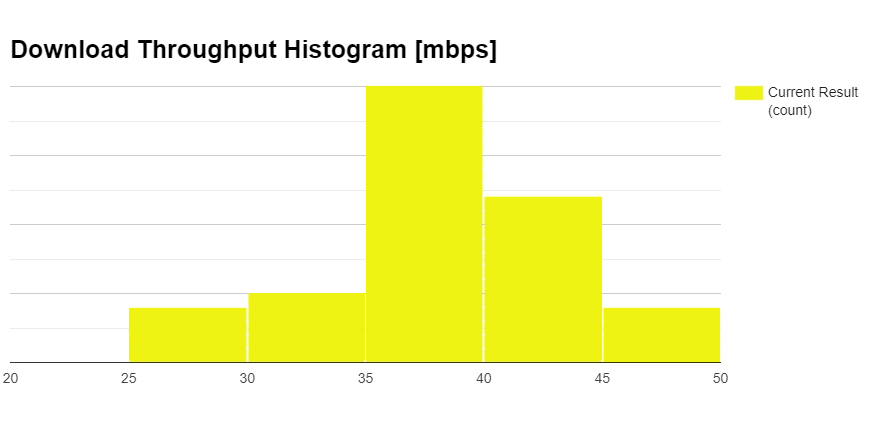
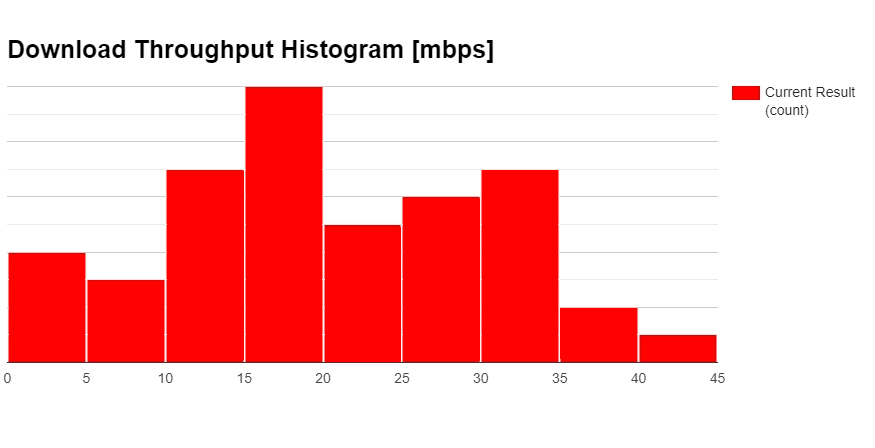
The data indicates that most mobile users experienced download speeds in the range of 35-40 Mbps with MTN and 10-15 Mbps with Airtel. This disparity highlights Airtel’s limited access to high-speed LTE internet.
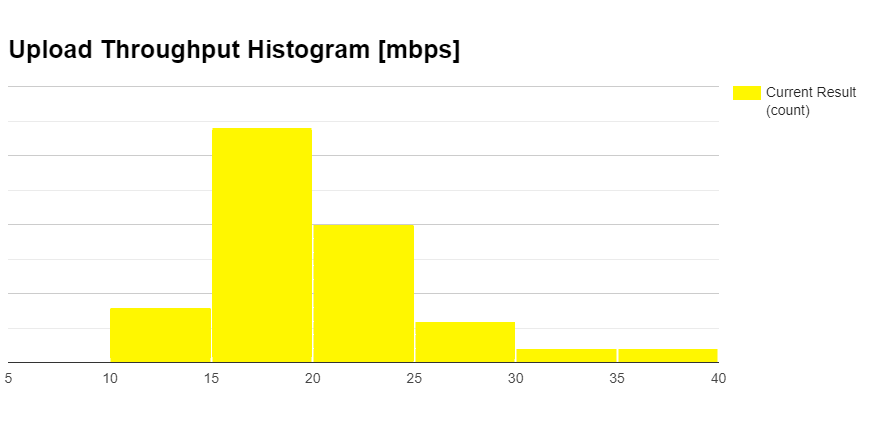
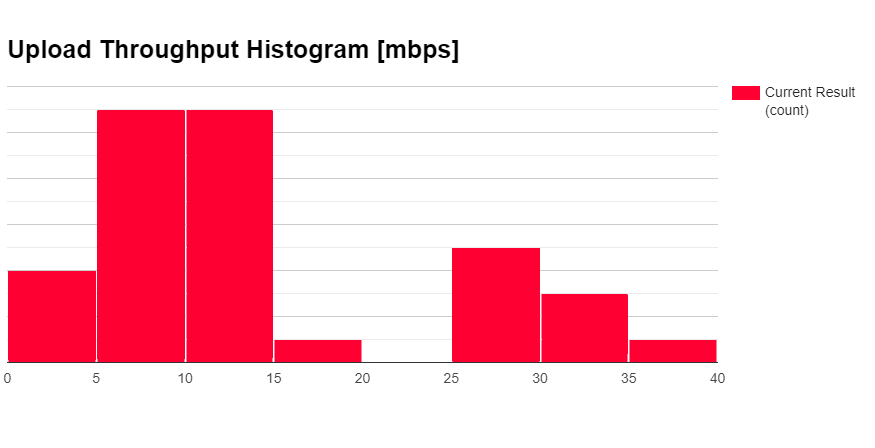
Regarding upload speeds, MTN users generally enjoyed speeds between 15-20 Mbps, while Airtel users had access to speeds in the range of 5-10 Mbps.
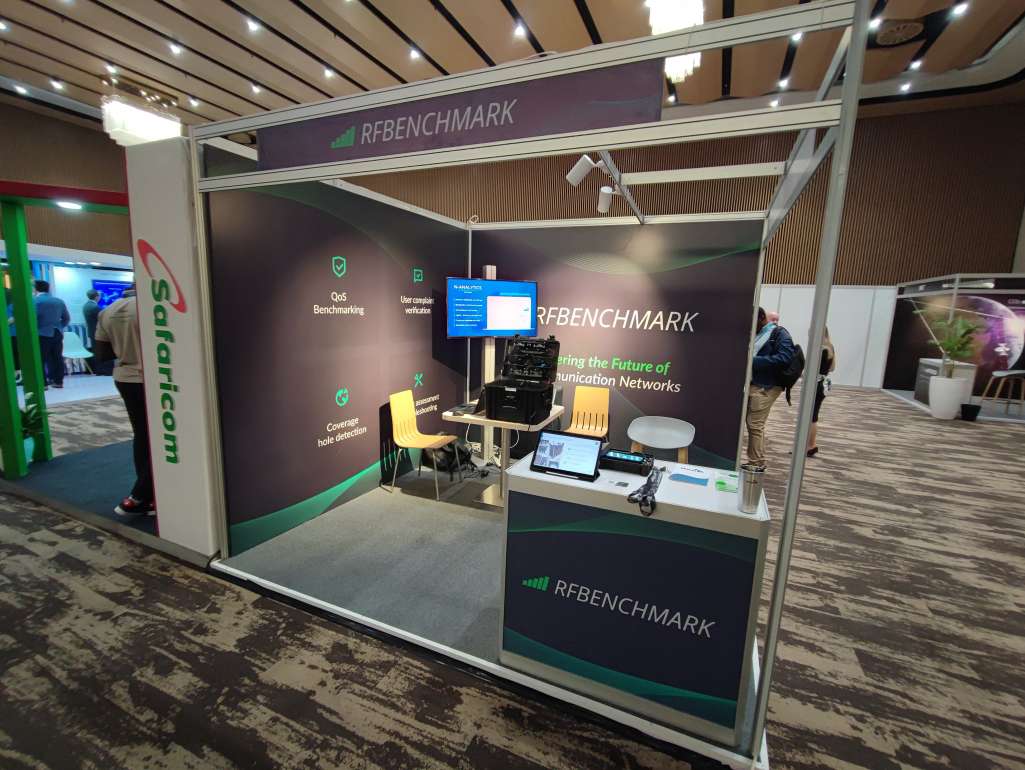
Why is indoor mobile network coverage measurement so important?
Monitoring and measuring mobile network coverage indoors, such as in exhibition halls, shopping centres, or factories, is crucial for several reasons. First and foremost, it guarantees the necessary connectivity in areas where mobile device usage is high. A lack of quality connection can disrupt both personal and professional communications, leading to potential challenges in coordination and interaction.
Secondly, in commercial spaces like shopping centres, mobile connectivity is integral to the smooth operation of businesses. Customers and retailers depend on reliable networks for transactions and customer service. Similarly, in industrial settings like factories, mobile connectivity is essential for logistics, coordination, and managing emergency situations.
Moreover, reliable mobile network coverage is vital in emergency scenarios. In large buildings and crowded venues, the ability to quickly contact emergency services or communicate during an incident can be critical. Good network coverage in places like exhibition halls and shopping centres also significantly enhances the visitor experience. It enables easy access to information, aids in navigation, and allows for social media interaction, all of which contribute to a more enjoyable and efficient visit.
Additionally, many modern venues now incorporate Internet of Things (IoT) devices, which rely on stable network connections to function effectively. Ensuring robust mobile network coverage indoors is therefore key to supporting the technological infrastructure of these spaces, enhancing security, improving customer experiences, and enabling efficient business operations.


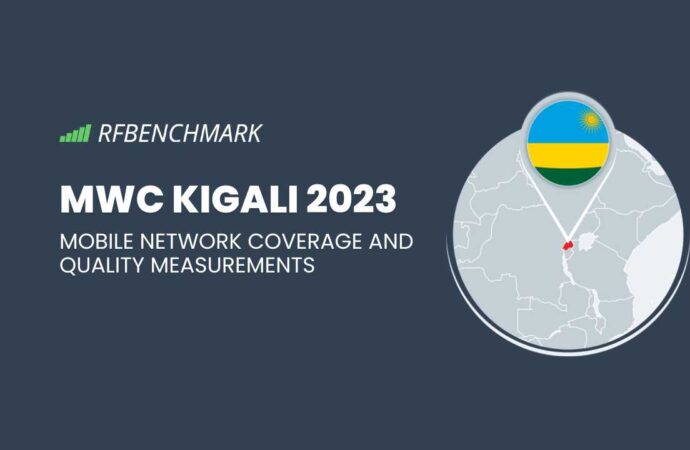







Leave a Comment
Your email address will not be published. Required fields are marked with *